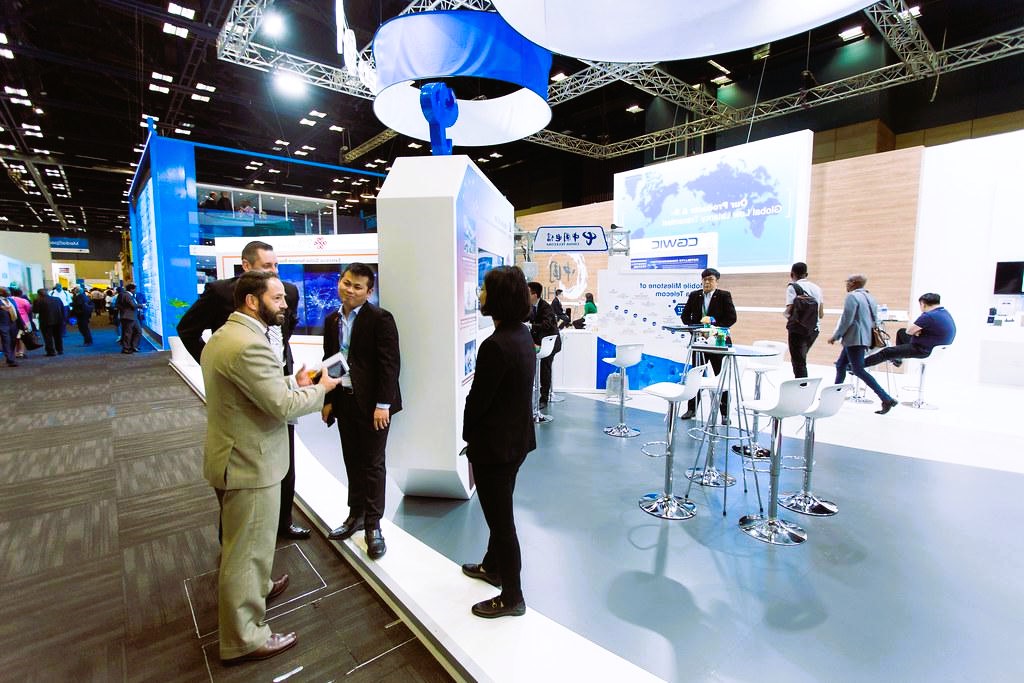In today’s rapidly evolving digital landscape, technology plays an increasingly crucial role in every aspect of event management, including exhibitions. From streamlining logistics and enhancing attendee engagement to collecting data and measuring success, technology offers a myriad of opportunities to improve the planning, execution, and impact of exhibitions. In this article, we’ll explore how event organizers can harness the power of technology to elevate their exhibition event management practices.
1. Event Planning and Organization
Technology has revolutionized the way event organizers plan and organize exhibitions, making processes more efficient, collaborative, and streamlined. Project management tools such as Asana, Trello, and Basecamp enable teams to coordinate tasks, deadlines, and resources in real-time, ensuring smooth execution from start to finish. Cloud-based platforms like Google Drive and Microsoft Office 365 facilitate seamless collaboration and document sharing among team members, eliminating the need for endless email chains and version control issues.
2. Registration and Ticketing

Gone are the days of paper-based registration and ticketing systems. Today, event organizers can leverage sophisticated online registration and ticketing platforms to automate the process and provide a seamless experience for attendees. Platforms like Eventbrite, Cvent, and Ticket Tailor allow organizers to create custom registration forms, sell tickets online, and track attendee data in real-time. Integrated payment processing and QR code technology streamline check-in procedures, reducing wait times and improving overall attendee satisfaction.
3. Virtual and Hybrid Events
The emergence of virtual and hybrid events has opened up new possibilities for exhibition event management, allowing organizers to reach broader audiences and overcome geographical limitations. Virtual event platforms like Hopin, Zoom, and Remo enable organizers to host interactive exhibitions, conferences, and trade shows entirely online, complete with virtual booths, networking lounges, and live-streamed sessions. Hybrid event solutions combine the best of both virtual and in-person experiences, offering attendees the flexibility to participate in person or remotely. Did you like our article? Read also about proper product presentation.
4. Digital Marketing and Promotion
Digital marketing has become an indispensable tool for promoting exhibitions and driving attendance. Social media platforms such as Facebook, Instagram, and LinkedIn allow organizers to target specific demographics, create engaging content, and track campaign performance in real-time. Email marketing platforms like Mailchimp, Constant Contact, and HubSpot enable organizers to send personalized invitations, newsletters, and promotional offers to segmented lists of subscribers. Advanced analytics and tracking tools provide valuable insights into attendee behavior, enabling organizers to refine their marketing strategies and optimize campaign ROI.
5. Interactive Exhibits and Engagement
Technology has transformed the way attendees interact with exhibits and engage with content at exhibitions. Interactive displays, touchscreen kiosks, and augmented reality (AR) experiences create immersive and memorable experiences that captivate audiences and leave a lasting impression. Mobile event apps enable attendees to access event schedules, exhibitor lists, and interactive maps on their smartphones, facilitating navigation and enhancing engagement. Live polling, Q&A sessions, and gamification features encourage participation and interaction, fostering meaningful connections between attendees and exhibitors.
6. Data Collection and Analysis

One of the most powerful benefits of technology in exhibition event management is its ability to collect, analyze, and leverage data to inform decision-making and improve outcomes. Event management platforms like Bizzabo, Aventri, and Attendify provide organizers with comprehensive data analytics and reporting tools, allowing them to track key metrics such as attendance, engagement, and ROI. By analyzing attendee behavior, preferences, and feedback, organizers can gain valuable insights into event performance, identify areas for improvement, and make data-driven decisions to optimize future events.
7. Onsite Operations and Logistics
Onsite operations and logistics are critical components of exhibition event management, and technology plays a vital role in optimizing efficiency and ensuring a seamless experience for attendees. RFID technology and beacon technology enable organizers to track attendee movement, manage traffic flow, and provide personalized experiences in real-time. Event management software solutions like EventOPS, EventScribe, and Expo Logic streamline exhibitor check-in, booth setup, and inventory management, reducing administrative overhead and minimizing logistical challenges.
Conclusion
Technology has revolutionized the exhibition event management industry, offering organizers a wealth of tools and solutions to streamline processes, enhance engagement, and drive success. By embracing innovative technologies for event planning and organization, registration and ticketing, virtual and hybrid events, digital marketing and promotion, interactive exhibits and engagement, data collection and analysis, and onsite operations and logistics, organizers can create unforgettable experiences that leave a lasting impact on attendees and exhibitors alike.
For more information on utilizing technology in exhibition event management, visit Wikipedia.
